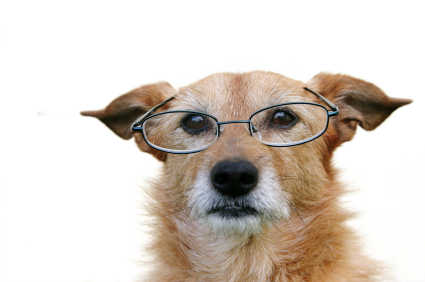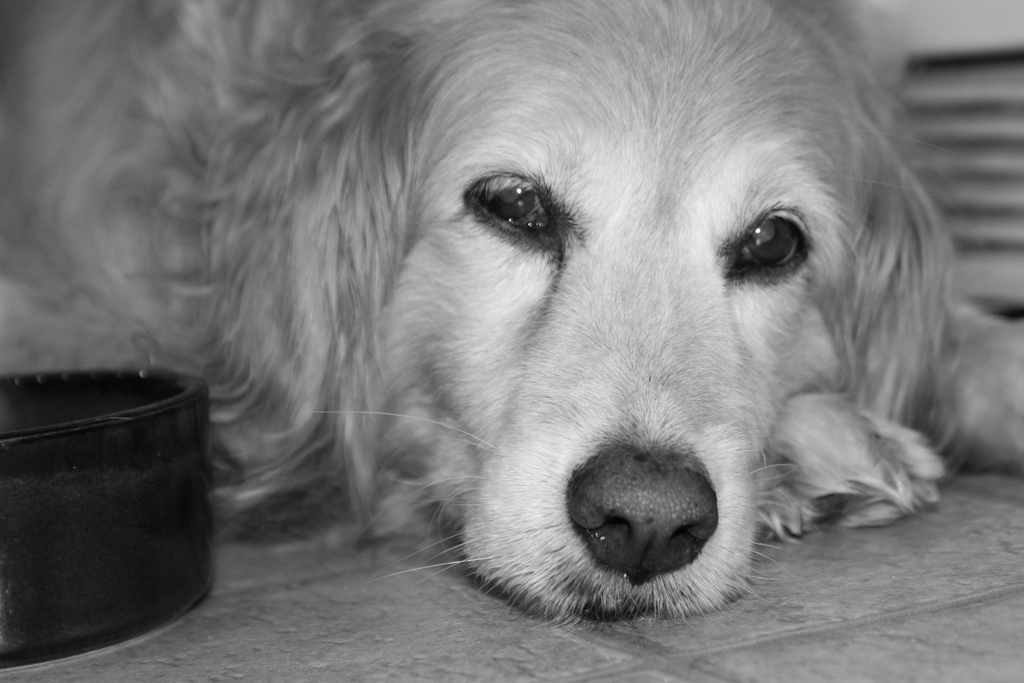Category: Senior Dog News
-
Monitoring Your Senior Dog for Signs of Disease
•
As your dog ages , the likelihood he will develop various changes in the function of his body system increases . Some of these will be normal changes to the aging process, others may be indicative of disease. To be more easily alerted to possible signs of disease early in…
-
How Seniors Dogs Behave as they age!
•
When dogs reach senior status, expect physical and behavioral changes. Listed are some senior issues: Changes in elimination patterns Decrease in interactions with other pets Onset of aggression in a normally nonaggressive pet Disorientation and/or poor problem-solving Changes in sleep patterns Changes in vocalization ( chico is having more conversation…
-

What are the current dog food trends for dogs-senior dog
•
PEOPLE ARE LOOKING FOR CORN-FREE AND GRAIN FREE. Grains contribute to a healthy and balanced diet that is beneficial to their overhall health. Understnding the broad dietary needs of your dog will help you make an informed decision about what dog food you select. Corn contributes to a balanced diet.…
-
How to Add Year’s to Your Pet’s Life
•
Lorem ipsum dolor sit amet, consectetur adipiscing elit. Donec bibendum porttitor turpis, vel ultrices dolor porta sit amet. Integer orci libero, tempLorem ipsum dolor sit amet, consectetur adipiscing elit. Donec bibendum porttitor turpis, vel ultrices dolor porta sit amet. Integer orci libero, tempLorem ipsum dolor sit amet, consectetur adipiscing elit.…
-

Excercise and Older Dogs/Help your senior stay active
•
if your little guy is over seven years old,now is the perfect time to get him in a regular program of exercise. Inside your aging pet, just as with us humans, metabolism is slowing, organ function (brain function) is slowing, and the response to disease via the immune system is…
-
Swimming For Dogs
•
Swimming therapy for dogs is fast becoming a prescribed protocol for canine rehabilitation and strength building. Being in a pool provides an arena for non weight bearing exercise -where resistance in water is up to 20 X that of being in air. Being in a pool benefits the body in…
-

Eye Care for Senior Dogs
•
To properly care for your dogs eyes, do the following: Keep eyes clear of muscus at all times. Infections are often caused by bacteria that overgrow on mucus. Use a sterile eyewash and/or eye wipes to keep eye area clean. Apply a protective ophtalmic ointment under the top lid to…
-

Mental Illness in Senior Dogs
•
Most canines show some mental slow down between the ages of three and five. The exact cause is being studied , but so far unidentified. Most vets believe that mental illness in dogs appear to be genetic. Again , nothing proven so far! I want to make sure that we…
-

Tips For Caring For Senior Dog
•
Schedule regular visits with your veternarian. Your dog needs to be examined twice yearly, even if he appears healthy. Many diseases are hidden and not apparent. Remember , it is much cheaper to prevent disease than it is to treat it. Ask for body evaluation during each vet visit. Body…
-

Changing Behaviour in Seniors-What to expect?
•
As they age, our dogs suffer a decline in brain function. This happens with memory, their ability to learn, senses of sight,and hearing. Their awareness will deteriorate as well. They often will stare into nothingness. Seniors will forget house training and soil, even after returning from outside. They will often…
-
Introducing Muttville, a charity for senior dogs
•
httpv://www.youtube.com/watch?v=ItmrT8CzflI The video reveals a sad reality: that hundreds of dogs have to be euthanized because of their old age. You might not consider senior dogs as a viable option when adopting dogs, but did you know that they’re fairly easier to train and well-behaved than younger, more energetic dogs?…
-
True Love For An Older Dog | Video
•
What do you do when your beloved bur baby can no longer walk comfortably? You still want to take your walks like you used to; see your friends and run your errands, but you don’t want to leave him behind. When that happens, you think outside the box and do…